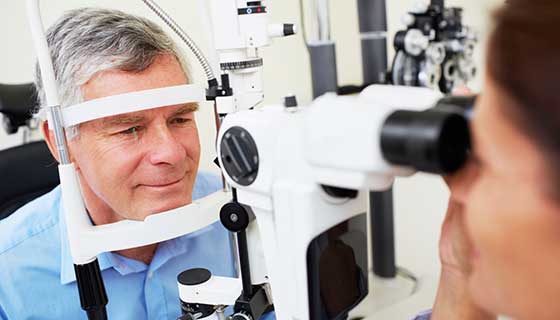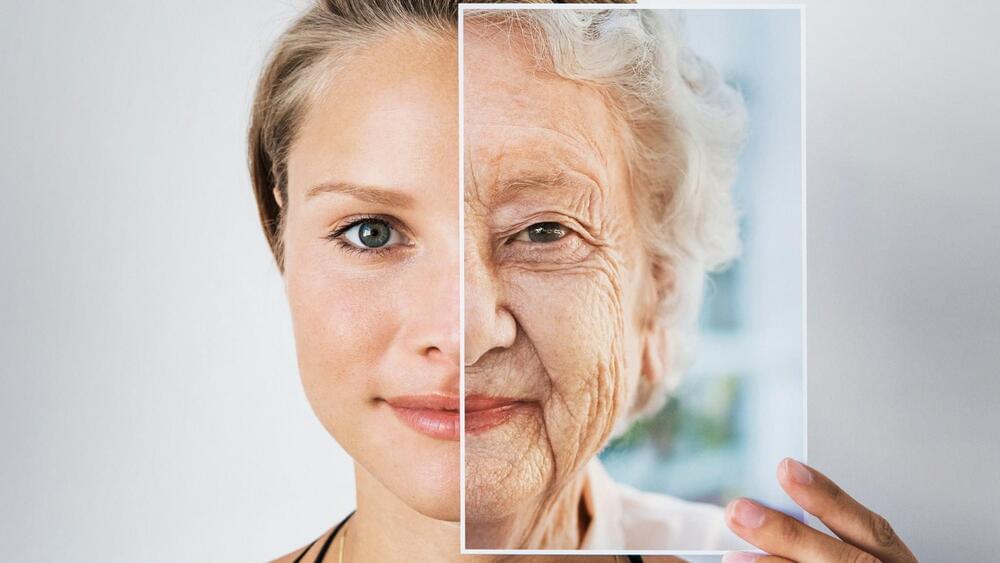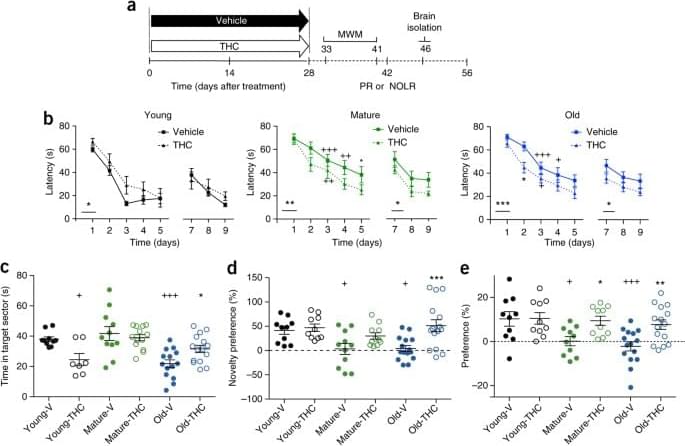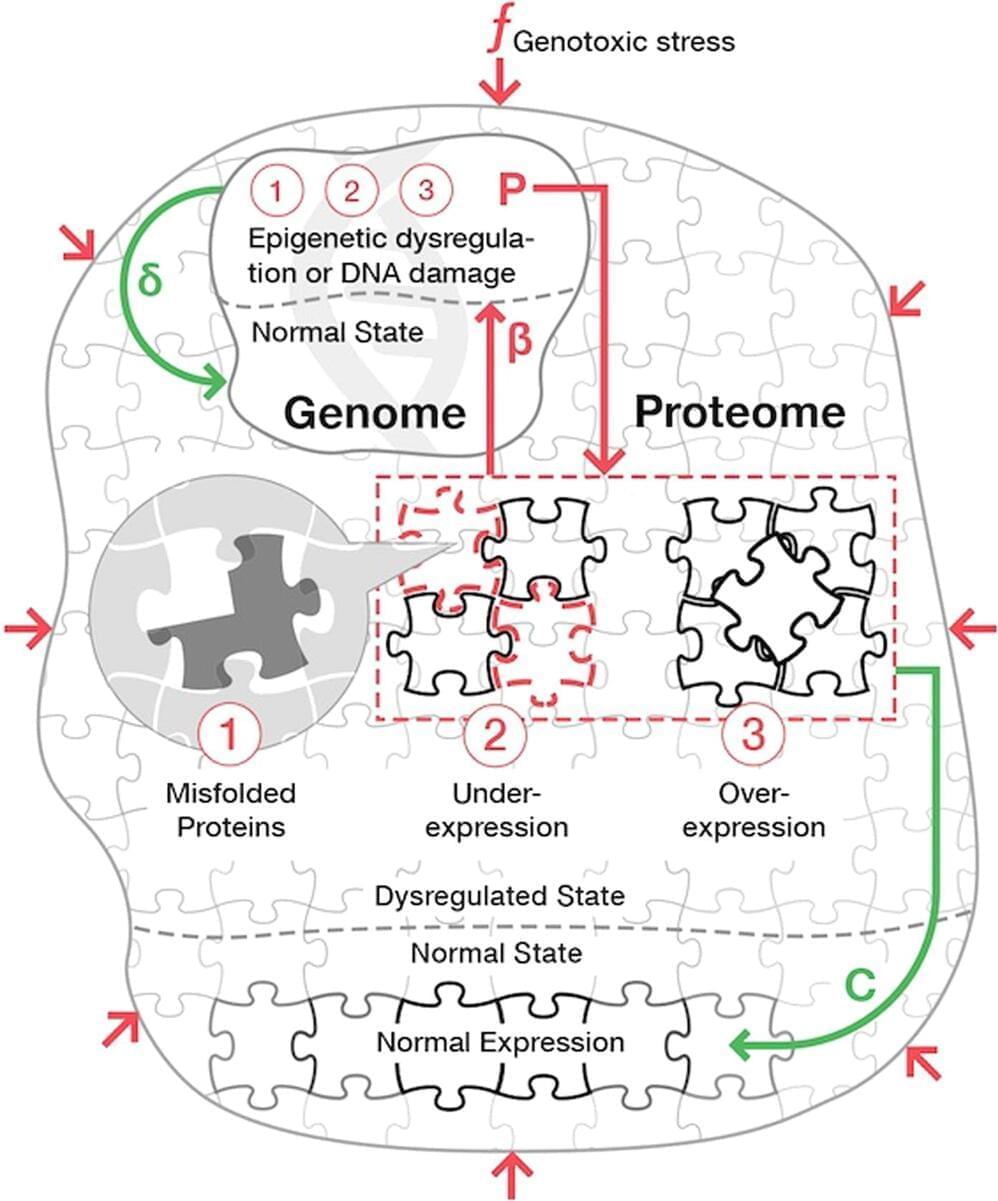Simple lifestyle changes can help you control three common diseases of the older eye: glaucoma, cataracts and age-related macular degeneration.



WE all know we should be eating more healthily.
Improving your diet lowers your risk of several diseases, boosts immunity and supports brain development.
And now, new research has found incorporating a certain five foods into your meals could help you live longer — and they all happen to be plant based.

😗😁 Year 2017 Cannabis restores brain function and reverses aging 😗.
In mice aged 12–18 months, chronic administration of low-dose Δ9-tetrahydrocannabinol (THC) improves performance in behavioral learning and memory tasks, whereas a similar administration in younger mice (aged 2 months) impairs performance.

Summary: Probiotics might play a vital role in preventing cognitive decline associated with aging. By providing participants suffering from mild cognitive impairment with the probiotic Lactobacillus rhamnosus GG for three months, researchers observed enhanced cognitive performance and gut microbiome modifications.
The study suggests that altering gut microbiome might be a strategic approach to enhancing cognitive function in individuals with mild cognitive impairment. If replicated, these findings could revolutionize preventive strategies in cognitive health using gut microbiome-focused approaches.

A healthy immune system: the ultimate balancing act
The immune system is comprised of innate and adaptive immune responses, both of which are crucial in maintaining our health. The innate immune response is the first line of defense that immediately works to prevent the spread of pathogens and tumors.1 The adaptive immune response is a more sophisticated, secondary response that is specialized to clear specific pathogens and provide long-lasting immunity.2
The efficacy of these two systems depends on balanced inflammatory and anti-inflammatory responses, referred to as immunomodulation. For example, upon injury or infection, macrophages secrete molecules that promote inflammation to dilate blood vessels and recruit other immune cells to the damaged site. Once the infection is cleared, the immune system mounts an anti-inflammatory, reparatory response.

Recent research published in Nature Communications has used machine learning algorithms to find new compounds that can eliminate senescent cells [1].
Senolytics are molecules that destroy senescent cells. Only a small number of such molecules have been identified, and only two have shown efficacy in clinical trials: dasatinib and quercetin in combination [2]. One of the biggest challenges is that senolytics often only work against specific types of cells. Additionally, some senolytics may work well for one cell type while being toxic to other, non-senescent cell types [3].
There is also a group of senolytics that are used in cancer therapies. However, most of them target pathways that are mutated in cancer. Therefore, they cannot be used as therapeutic agents in different contexts.

Hosted by: medical humanities and arts program, center for biomedical ethics, center for asian health research and education, center for innovation in global health, center for population health sciences, stanford center on longevity.
*Program is preliminary and subject to change.
Contact: [email protected]
Age is a risk factor for hematologic malignancies. Attributes of the aging hematopoietic system include increased myelopoiesis, impaired adaptive immunity, and a functional decline of the hematopoietic stem cells (HSCs) that maintain hematopoiesis. Changes in the composition of diverse HSC subsets have been suggested to be responsible for age-related alterations, however, the underlying regulatory mechanisms are incompletely understood in the context of HSC heterogeneity. In this study, we investigated how distinct HSC subsets, separated by CD49b, functionally and molecularly change their behavior with age. We demonstrate that blood lineage differentiation progressively shifts to a higher myeloid cellular output in both lymphoid-biased and myeloid-biased HSC subsets during aging. In parallel, we show that HSCs selectively undergo age-dependent gene expression and gene regulatory molecular changes in a progressive manner, which is initiated already in the pre-adult stage. Overall, our studies suggest that aging intrinsically alters both cellular and molecular properties of HSCs.
The authors have declared no competing interest.
Retinal pigment epithelial (RPE) cells grown on 3D nano scaffolds have the potential to treat age-related macular degeneration, a disease that is making millions of humans blind as they age.
Age-related macular degeneration (AMD) is one of the most common causes of poor eyesight, blurred vision, and blindness in middle and old-age individuals. A team of scientists at Anglia Ruskin University (ARU) has figured out a way to treat this condition using cultured retinal pigment epithelial (RPE) cells.
In their latest study, the ARU team demonstrated a method that allowed them to grow RPE cells on 3D nano scaffolds made of thin nanofibers that can be arranged in any orientation and replicate nerve fibers’ arrangement.

The naked mole rat lives much longer than iI’s than other members of its species. Can it’s ability to repair DNA and fold proteins be employed in Humans to extend our lifespan?
Several animal species are considered to exhibit what is called negligible senescence, i.e. they do not show signs of functional decline or any increase of mortality with age. Recent studies in naked mole rat and long-lived sea urchins showed that these species do not alter their gene-expression profiles with age as much as other organisms do. This is consistent with exceptional endurance of naked mole rat tissues to various genotoxic stresses. We conjectured, therefore, that the lifelong transcriptional stability of an organism may be a key determinant of longevity. We analyzed the stability of a simple genetic-network model and found that under most common circumstances, such a gene network is inherently unstable. Over a time it undergoes an exponential accumulation of gene-regulation deviations leading to death.